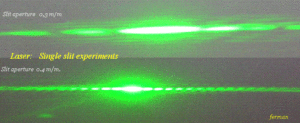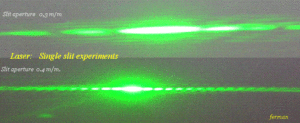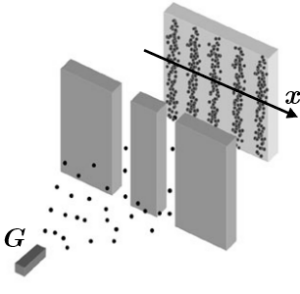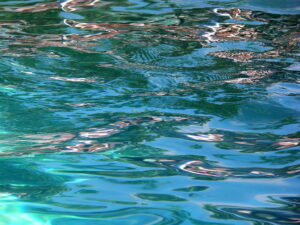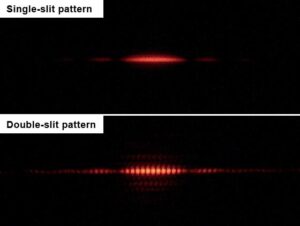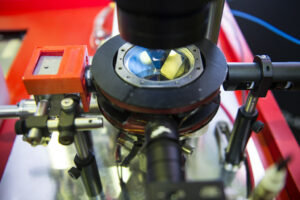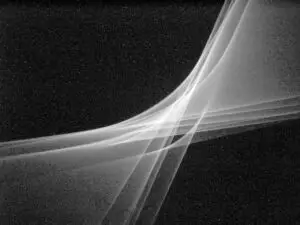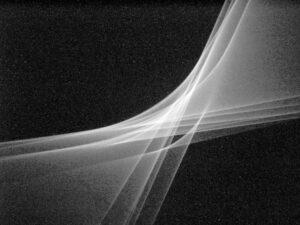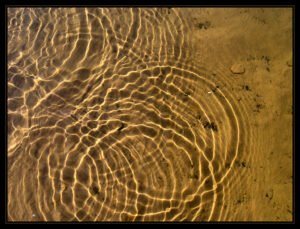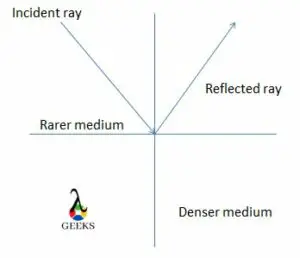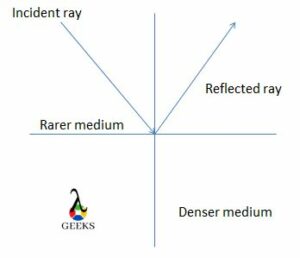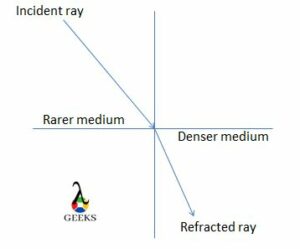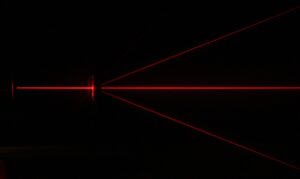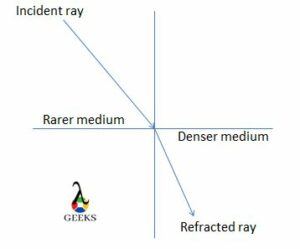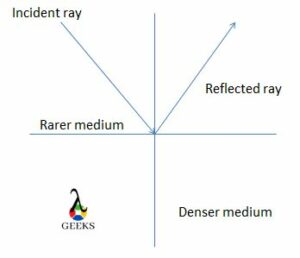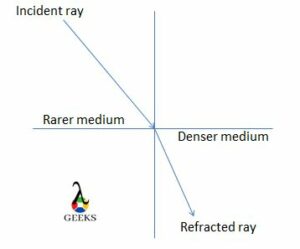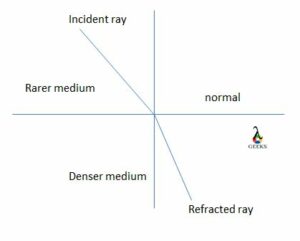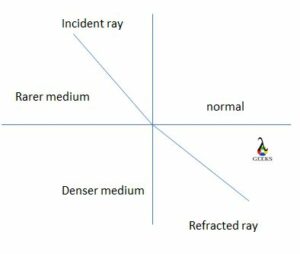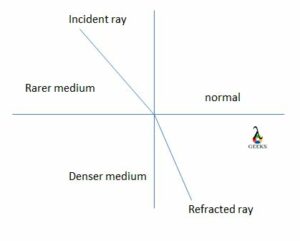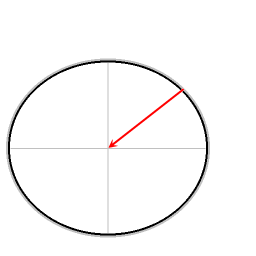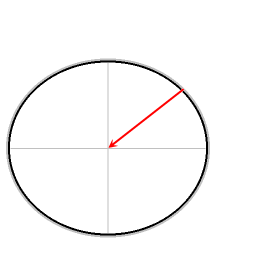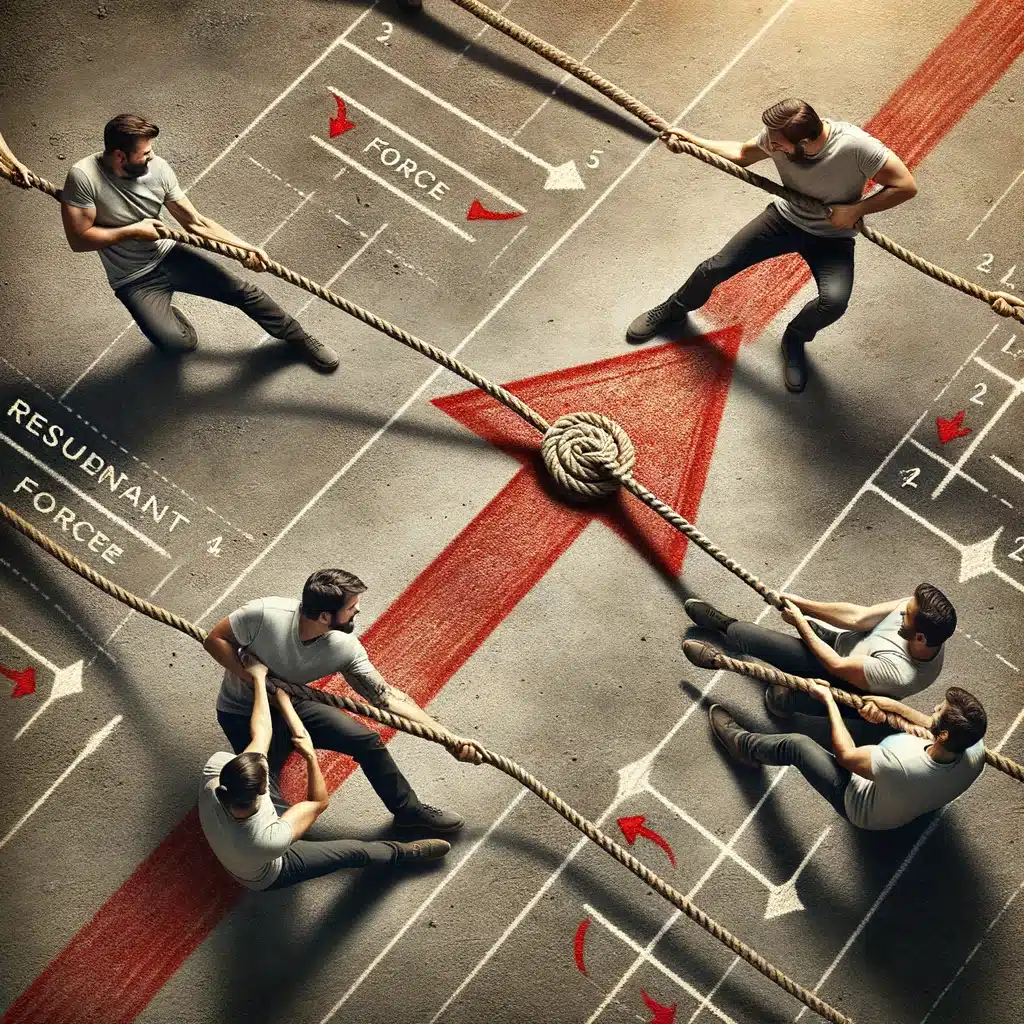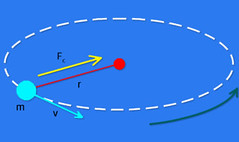frequency is an essential concept in understanding waves and their characteristics. It helps us analyze and interpret various wave phenomena in fields such as physics, engineering, and signal processing. In this blog post, we will explore how to find the frequency of a wave, using different methods and tools. We’ll cover everything from the basic concepts of frequency to practical examples and calculations. So, let’s dive into the fascinating world of wave frequency!

How to Find the Frequency of a Wave
A. The Concept of Frequency in Waves
Before we delve into the calculations, let’s establish a clear understanding of what frequency represents in the context of waves. frequency refers to the number of complete cycles or oscillations that a wave undergoes in a given unit of time. It is measured in hertz (Hz), where 1 Hz corresponds to one cycle per second. The higher the frequency, the more oscillations occur in a given time frame.
B. Importance of Frequency in Wave Analysis
frequency plays a crucial role in wave analysis as it provides valuable information about the characteristics of a wave. It helps us determine the pitch of a sound wave, the color of light, the vibration of a guitar string, and even the transmission of radio signals. By understanding the frequency of a wave, we can analyze its behavior, identify patterns, and make predictions about its interactions with other waves or objects.
Calculating the Frequency of a Wave using Wavelength
A. The Relationship between Frequency and Wavelength
To calculate the frequency of a wave using its wavelength, we need to understand the relationship between these two parameters. wavelength refers to the distance between two consecutive points in a wave that are in the same phase, such as two peaks or troughs. It is usually denoted by the Greek letter lambda (λ).
The relationship between frequency (f), wavelength (λ), and wave velocity (v) is given by the wave equation:
![]()
In simpler terms, the wave velocity is equal to the product of frequency and wavelength. By rearranging the equation, we can solve for frequency:
![]()
B. Step-by-step Guide to Calculate Frequency using Wavelength
Here’s a step-by-step guide to calculating the frequency of a wave using its wavelength:
- Determine the wavelength (λ) of the wave. This can be measured directly or obtained from a given problem.
- Find the wave velocity (v) of the medium through which the wave is propagating. For example, in the case of sound waves, the wave velocity is the speed of sound in air.
- Use the wave equation, (v = f cdot lambda), and rearrange it to solve for frequency: (f = frac{v}{lambda}).
- Substitute the values of wave velocity and wavelength into the equation to find the frequency.
C. Worked-out Example on Finding Frequency using Wavelength
Let’s work through an example to illustrate how to find the frequency of a wave using its wavelength. Suppose we have a wave traveling through a medium with a velocity of 343 meters per second (m/s). The wavelength of the wave is measured to be 0.5 meters (m).
Using the formula (f = frac{v}{lambda}), we can calculate the frequency as follows:
![]()
Therefore, the frequency of the wave is 686 Hz.
Determining the Frequency of a Wave using Period
A. Understanding the Concept of Period in Waves
period is another important parameter that can be used to calculate the frequency of a wave. It refers to the time it takes for one complete cycle or oscillation of a wave to occur. The period is denoted by the symbol T and is measured in seconds (s).
B. The Relationship between Frequency and Period
The relationship between frequency (f) and period (T) is the reciprocal of each other. It can be expressed by the equation:
![]()
In other words, the frequency is equal to the inverse of the period.
C. Step-by-step Guide to Calculate Frequency using Period
To calculate the frequency of a wave using its period, follow these steps:
- Determine the period (T) of the wave. This can be measured directly or obtained from a given problem.
- Use the equation (f = frac{1}{T}) to calculate the frequency.
- Substitute the value of the period into the equation to find the frequency.
D. Worked-out Example on Finding Frequency using Period
Let’s work through an example to demonstrate how to find the frequency of a wave using its period. Suppose we have a wave with a period of 0.01 seconds (s). Using the equation (f = frac{1}{T}), we can calculate the frequency as follows:
![]()
Therefore, the frequency of the wave is 100 Hz.
How to Find the Frequency of a Wave in Python
Python is a powerful programming language that can be used for various scientific and mathematical calculations, including wave analysis. By utilizing Python’s libraries and functions, we can easily calculate the frequency of a wave. One such library commonly used for wave analysis is NumPy.
B. Python Code to Calculate Wave Frequency
Below is an example of Python code that calculates the frequency of a wave using the wavelength:
“`python
import numpy as np
def calculate_frequency(wavelength, wave_velocity):
frequency = wave_velocity / wavelength
return frequency
wavelength = 0.5
wave_velocity = 343
frequency = calculate_frequency(wavelength, wave_velocity)
print(“The frequency of the wave is:”, frequency, “Hz”)
“`
C. Worked-out Example on Finding Frequency using Python
Let’s use the Python code above to find the frequency of a wave with a wavelength of 0.5 meters (m) and a wave velocity of 343 meters per second (m/s).
The output of the code will be:
The frequency of the wave is: 686.0 Hz
Therefore, the frequency of the wave, calculated using Python, is 686 Hz.
How to Find the Frequency of a Wave in MATLAB
MATLAB is a widely-used programming language and environment for numerical computations and data analysis. It offers powerful tools and functions for wave analysis, making it convenient to calculate the frequency of a wave. MATLAB’s built-in functions, such as fft and ifft, are particularly useful for frequency analysis.
B. MATLAB Code to Calculate Wave Frequency
Here’s an example of MATLAB code that calculates the frequency of a wave using the wavelength:
“`matlab
wavelength = 0.5;
wave_velocity = 343;
frequency = wave_velocity / wavelength;
disp(
![]()
);
“`
C. Worked-out Example on Finding Frequency using MATLAB
Let’s use the MATLAB code above to find the frequency of a wave with a wavelength of 0.5 meters (m) and a wave velocity of 343 meters per second (m/s).
The output in MATLAB will be:
The frequency of the wave is: 686 Hz
Therefore, the frequency of the wave, calculated using MATLAB, is 686 Hz.
Special Cases in Finding the Frequency of a Wave
A. How to Find the Frequency of a Sine Wave
When dealing with a simple sine wave, finding its frequency becomes relatively straightforward. The frequency of a sine wave is determined by the number of complete cycles it completes in a given time frame. You can calculate the frequency by measuring the time it takes for one complete cycle and taking the reciprocal of that duration.
B. How to Find the Frequency of a Sound Wave
In the case of sound waves, determining their frequency is crucial for understanding their pitch and musical notes. Sound waves are mechanical waves that propagate through a medium, such as air or water. To find the frequency of a sound wave, we can use various methods, including Fourier analysis, tuning forks, or digital audio processing techniques.
C. How to Find the Frequency of a Standing Wave
Standing waves occur when two waves of the same frequency and amplitude traveling in opposite directions interfere with each other. Finding the frequency of a standing wave involves analyzing the nodes and antinodes of the wave pattern. By measuring the distance between adjacent nodes or antinodes and the wave velocity, we can calculate the frequency of the standing wave.
How does the frequency of a wave impact the properties of diffraction in waves?
The frequency of a wave plays a crucial role in determining the properties of diffraction. Diffraction refers to the bending and spreading of waves as they pass through an opening or encounter an obstacle. The Properties of Diffraction in Waves article provides a comprehensive understanding of how various factors, including frequency, influence this phenomenon. Higher frequencies typically result in smaller diffraction angles, while lower frequencies lead to larger angles. This relationship highlights the intricate connection between the frequency of a wave and its diffraction behavior.
Common Misconceptions and Errors in Finding the Frequency of a Wave

A. Does the Frequency of a Wave Change?
The frequency of a wave remains constant throughout its propagation, regardless of any changes in amplitude or wavelength. While the wave’s characteristics may vary, such as its speed or shape, the frequency stays the same. It is an inherent property of the wave that determines its pitch, color, or any other audible or visible attribute.
B. Finding the Frequency of a Wave without the Speed
To find the frequency of a wave, we need to know either the wavelength or the wave velocity. Without one of these parameters, it is not possible to calculate the frequency directly. However, in some cases, we can infer the frequency indirectly by analyzing the wave’s behavior, interference patterns, or using other mathematical techniques such as Fourier analysis.
Understanding how to find the frequency of a wave is essential for analyzing and interpreting wave phenomena in various fields. Whether you are studying waves in physics, analyzing sound signals, or processing digital data, the ability to calculate the frequency provides valuable insights. By utilizing the relationships between frequency, wavelength, period, and wave velocity, we can uncover the hidden treasures hidden within the fascinating realm of waves. So go ahead, explore, and discover the wonders of wave frequency!
Also Read:
- How to find velocity without time
- How to find magnitude of acceleration
- How to find distance in velocity time graph
- How to find horizontal velocity without time
- How to find velocity with height and distance
- How to find velocity with height
- How to find amplitude of transverse wave
- How to find momentum after collision
- How to find the amplitude of a wave
- How to find tangential velocity




